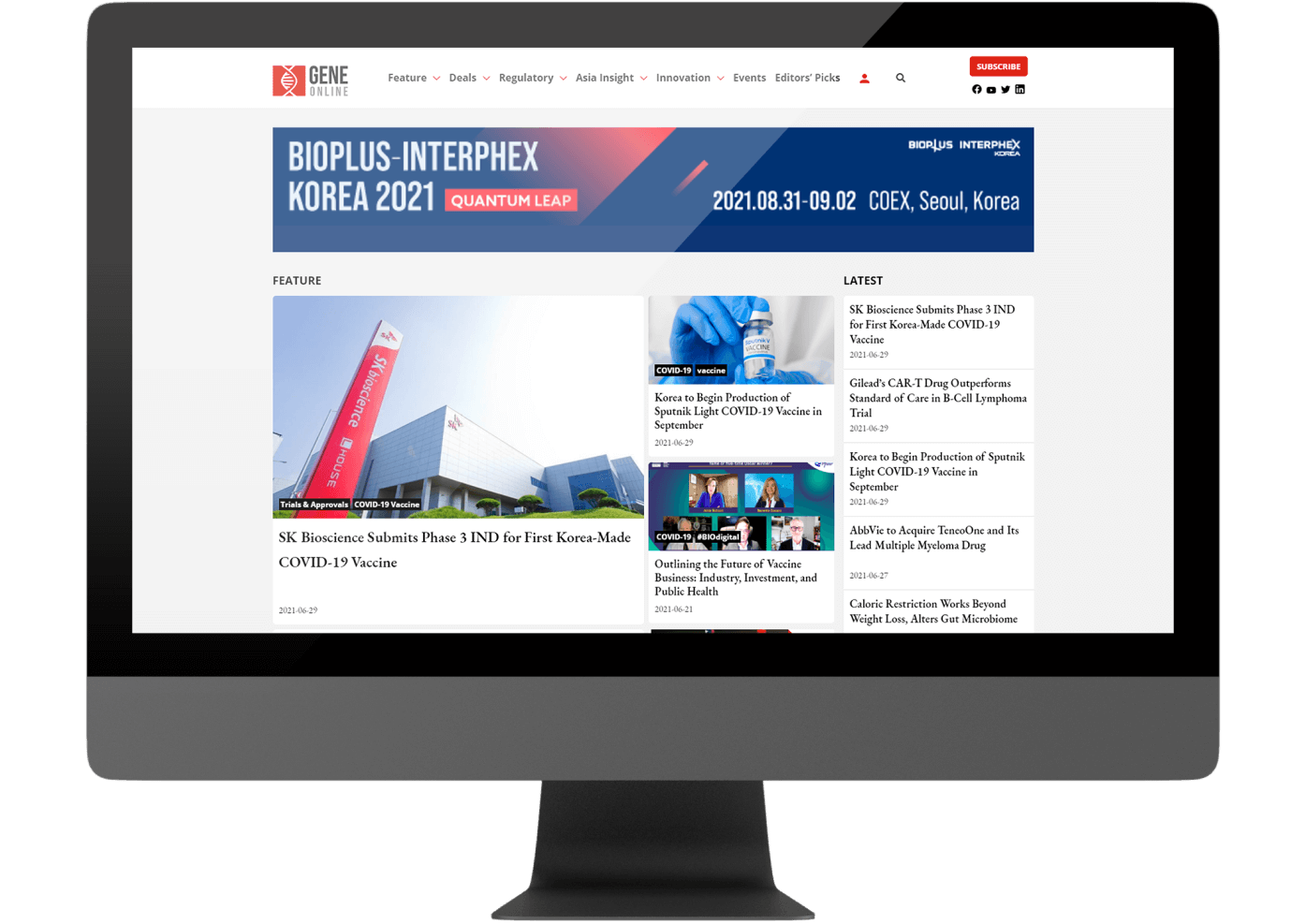The Lancet Publishes Data on Roche’s Long-Lasting Bispecific Antibody for Vision Loss
AMD is a condition that affects the macula – the part of the eye responsible for sharp, central vision needed for reading and similar activities. nAMD is an advanced form of the disease that could result in rapid and severe vision loss.
As the disease progresses, abnormal blood vessels grow uncontrollably in the macula, which causes swelling, bleeding and/or scarring.
DME, on the other hand, is a complication arising from damage to the eyes in people with diabetes. Damaged blood vessels leak into the macula, causing it to swell.
Like nAMD, DME causes progressive vision loss and if left untreated, blindness.
Around 20 million people around the world live with nAMD, while DME affects around 21 million, and the prevalence is increasing with aging populations (in nAMD) and rising rates of diabetes (in DME).
Roche is promoting faricimab’s ability to extend the time between treatments up to four months. Current standard of care treatments for nAMD and DME requires monthly eye injections.
The Swiss drug giant previously submitted a Biologics License Application for faricimab, which the FDA accepted last July. The European Medicines Agency is also reviewing the Marketing Authorization Application for faricimab for nAMD and DME.
An approval would make faricimab the first bispecific antibody for the eye. The biologic drug targets angiopoietin-2 (Ang-2) and vascular endothelial growth factor-A (VEGF-A), two pathways that drive retinal disorders. According to Roche, the inhibition of both targets could potentially stabilize blood vessels and reduce vessel leakage and inflammation more than inhibiting the VEGF-A pathway alone.
Related Article: Roche’s Injectable Eye Medicine Lessens Treatment Burden in Two Diseases
Vision Gains Comparable to Aflibercept
The four studies, which enrolled over 3000 patients, showed that faricimab treatment given once every four months led to vision gains comparable to bimonthly aflibercept, a VEGF inhibitor developed by Regeneron. Aflibercept was approved by the FDA for nAMD and DME.
In the Tenaya and Lucerne studies in nAMD, patients treated with faricimab were able to correctly identify 5.8 and 6.6 more letters in an eye chart test than they were able to a year ago. This compared to vision gains of +5.1 and +6.6 letters in the aflibercept groups.
Nearly 80% of patients in the two trials were able to go three months or longer between treatments.
In the Yosemite and Rhine studies in DME, the three-or-four-month faricimab arms scored +11.6 and +10.8 letters, while the two-month arms scored +10.7 and +11.8 letters. The results were similar to gains of +10.9 and +10.3 letters in the aflibercept arms.
Over half the patients in the trials in DME achieved dosing schedules of four months within a year, while an additional 21% and 20% achieved three-month dosing schedules in the Yosemite and Rhine trials respectively. Overall, over 70% of faricimab patients were able to go three months or longer between treatments.
Across all four trials, treatment also resulted in sizable reductions in central subfield thickness (CST) and choroidal neovascularization lesion size and area, two measures that mark progression of nAMD.
The safety profile of faricimab was comparable across treatment arms; the adverse events of the eye were consistent to those observed in patients receiving anti-VEGF eye injections.
Roche will present the two-year results of faricimab at the Angiogenesis, Exudation and Degeneration 2022 meeting next February.
Related Article: China’s Neurophth Snags $63 Million in Series C to Boost Ophthalmic Gene Therapy Portfolio
©www.geneonline.com All rights reserved. Collaborate with us: service@geneonlineasia.com








